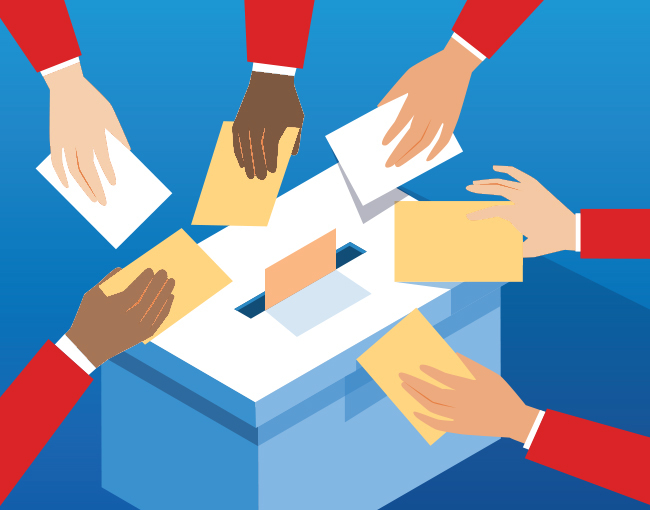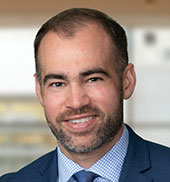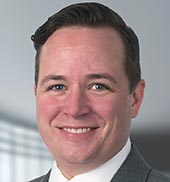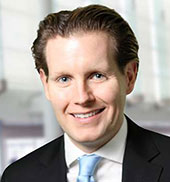A group of individuals identified in a polling sample that are most likely to vote on election day.
Red Zone
Given the length of and attention on the US presidential election, polling firms and media outlets poll general elections for years in advance. Despite this long lead-up, it is exceptionally tough for pollsters to accurately predict who in their polling samples will ultimately vote on Election Day. Studies have shown that polls taken six months out are, on average, almost nine points off the final result. As the election nears and pollsters strive for a more accurate forecast, they begin to narrow their sample from the larger universe of registered voters to the smaller group of likely voters. Each polling firm uses different questions and weighting models. To do so, pollsters often inquire about the frequency of a respondent's past voting, the level of thought given to the election, and even their knowledge of the location of their precinct. But many of these questions have been in use for the last half-century, and finding likely voters has become more difficult each election.
Hail Mary
The increasing use of mobile phones has made contacting likely voters more complicated and expensive for pollsters. In a recent study, the Center for Disease Control and Prevention found that nearly half of American homes only use a mobile phone (up from 6% in 2005), and two-thirds of millennials only use a mobile phone. Pollsters have adapted by putting additional weight on samples received from mobile phones. Internet polls have also become a popular polling method, though they have a poor reputation for accuracy given the high potential for self-selection. Some, like the USC Dornsife/Los Angeles Times tracking poll, have modernized by identifying a representative population sample and randomly polling a segment of this sample on a daily basis.
Fumble!
Historically, Republicans have fared better in likely voter models, averaging one to two points higher than their Democratic opponent. Despite this, and as pollsters begin to switch to likely voter models to predict this November's outcome, in the polls since the Republican National Convention, Donald Trump has not seen this traditional bounce in his poll numbers. Some conservative outlets have alleged that there could be a reverse "Bradley Effect" in the polling this cycle, whereby Trump supporters are reluctant to state their support for the controversial candidate to pollsters. (Some disagree.) In the last 16 presidential elections, the candidate in the lead after the party conventions went on to win in November. As Secretary Clinton maintained a solid lead through August, it could be difficult for Trump to overcome history and come back to win the election. But then again, 2016 has been an election unlike any other, so we will have to wait until November to see how accurate - or inaccurate - this year's polls are.





